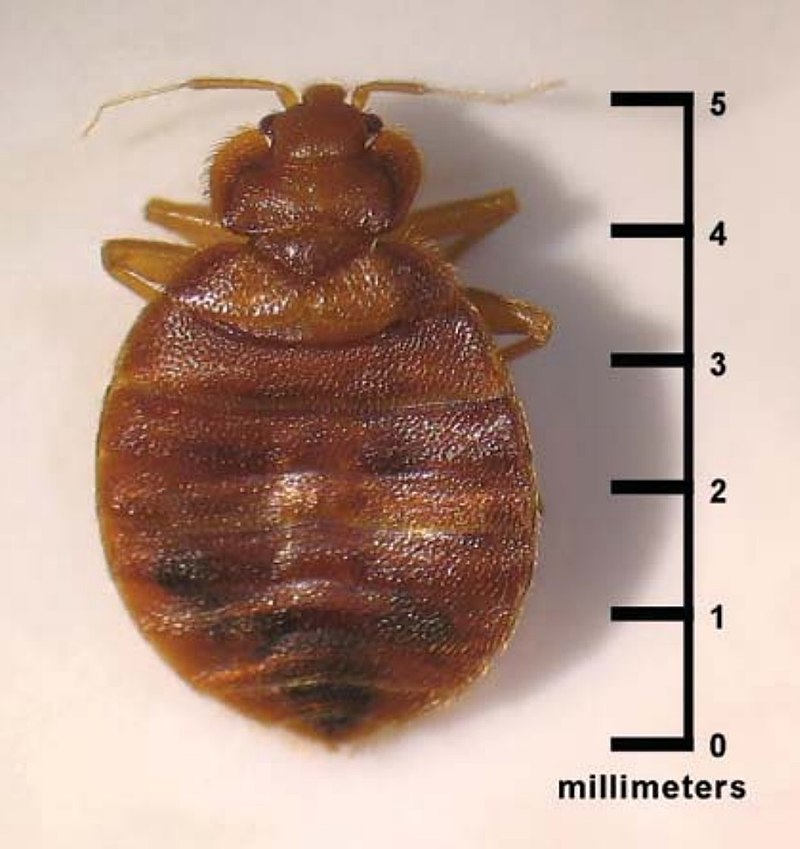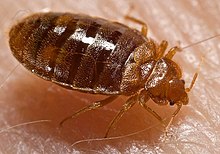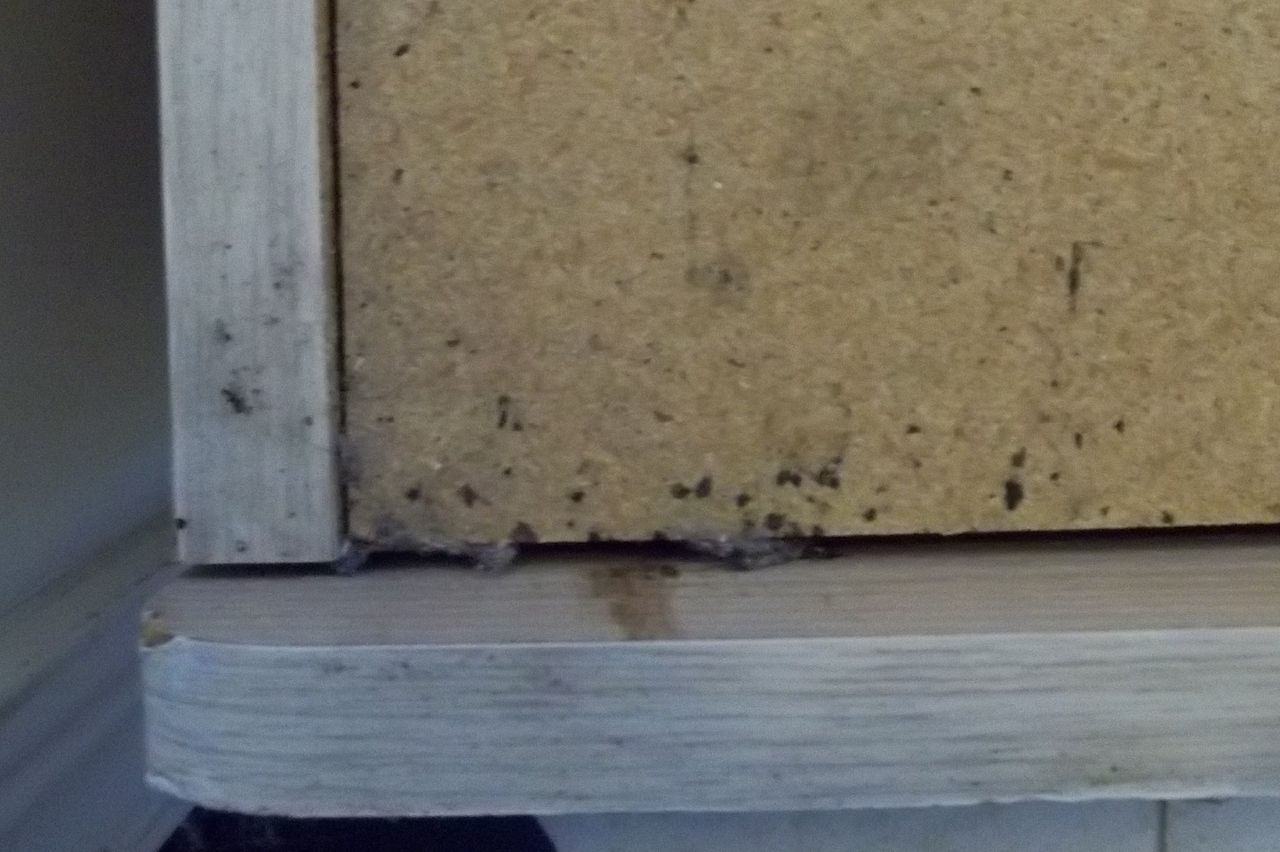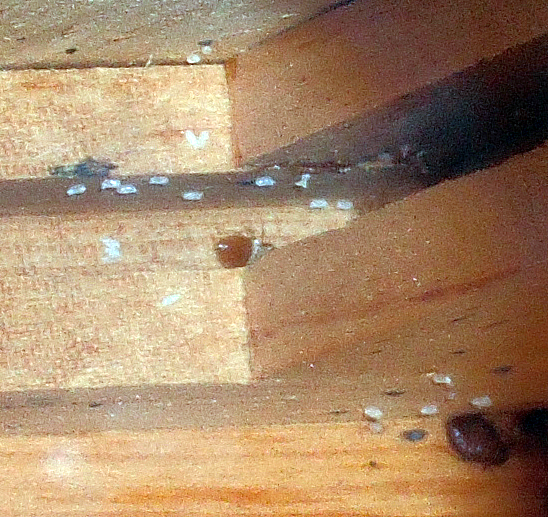Introduction to Bedbugs

Bedbugs, scientifically known as Cimex lectularius, are small, reddish-brown insects that feed on the blood of humans and animals. These pests are notorious for their ability to infest homes, hotels, and other establishments, causing significant discomfort and distress. Effective management of bedbug infestations requires a thorough understanding of their biology, behavior, and effective control measures.
Scientific Classification:
- Order: Hemiptera
- Family: Cimicidae
- Genus: Cimex
- Species: Cimex lectularius (common bedbug), Cimex hemipterus (tropical bedbug)
Identification of Bedbugs

Bedbugs are small, oval-shaped insects with a flattened body. They are usually reddish-brown in color, although their appearance can vary depending on their feeding status. Adults are typically about 5-7 mm in length, while nymphs (young bedbugs) are smaller and lighter in color.
Key characteristics for identification include:
- Flat, oval-shaped bodies
- Reddish-brown color
- Wingless
- Pronounced antennae

Bedbug nymphs are smaller and lighter in color compared to adults. They go through several molts before reaching adulthood, shedding their exoskeletons as they grow.
Signs of Infestation

Bedbugs leave several telltale signs of their presence. Look out for:
- Bite marks: Small, red, itchy welts on the skin, often in a line or cluster.
- Blood stains: Small red or rusty spots on bed sheets, mattresses, or walls.
- Fecal spots: Dark, ink-like stains on fabric, wood, or paper surfaces.
- Exoskeletons: Shed skins from nymphs as they grow.
- Musty odor: A sweet, musty smell emitted by bedbugs, especially in heavy infestations.

Fecal spots are a common sign of bedbug infestation. They appear as small, dark, ink-like stains on various surfaces.
Inspection Techniques
Effective inspection is critical for identifying bedbug infestations. Key inspection techniques include:
- Visual inspection: Carefully examine mattress seams, bed frames, furniture, and other common hiding spots.
- Flashlight and magnifying glass: Use these tools to enhance your ability to spot bedbugs and their signs.
- Detection tools: Utilize bedbug detection tools such as interceptor traps and bedbug sniffing dogs.
- Monitoring: Place monitoring devices to detect bedbug activity over time.

Bedbug detection tools, such as interceptor traps, can help in identifying the presence of bedbugs in an area.
Treatment Methods
Treatment of bedbug infestations involves a combination of chemical and non-chemical methods. Effective treatment strategies include:
- Heat treatment: Exposing infested areas to high temperatures to kill bedbugs and their eggs.
- Cold treatment: Using extreme cold to eliminate bedbugs.
- Insecticides: Applying residual insecticides to infested areas and common hiding spots.
- Vacuuming: Removing bedbugs and eggs using a vacuum cleaner with a HEPA filter.
- Encasements: Using mattress and box spring encasements to trap bedbugs and prevent them from spreading.
Personal Protective Equipment (PPE)
When dealing with bedbug infestations, it's essential to wear appropriate PPE to protect yourself. Recommended PPE includes:
- Gloves: To protect your hands from insecticides and bedbugs.
- Protective clothing: Long-sleeved shirts, long pants, and closed-toe shoes to minimize skin exposure.
- Respiratory protection: Masks or respirators to avoid inhaling insecticides and allergens.
- Eye protection: Safety goggles or glasses to prevent insecticides from getting into your eyes.
Prevention Strategies
Preventing bedbug infestations requires proactive measures and ongoing vigilance. Key prevention strategies include:
- Regular inspections: Conduct routine inspections of sleeping areas and common bedbug hiding spots.
- Reducing clutter: Minimize clutter to reduce potential hiding places for bedbugs.
- Sealing cracks and crevices: Seal gaps in walls, floors, and furniture to prevent bedbugs from hiding.
- Educating clients: Provide clients with information on how to prevent and recognize bedbug infestations.
Communication with Clients
Effective communication with clients is essential in managing bedbug infestations. Key communication strategies include:
- Providing clear instructions: Give clients detailed instructions on preparation and post-treatment steps.
- Setting expectations: Inform clients about the treatment process, potential outcomes, and the importance of follow-up.
- Offering educational resources: Provide clients with brochures, websites, and other resources to help them understand bedbug management.
Legal Considerations
As a pest control professional, it's important to be aware of the legal considerations related to bedbug management. Key points include:
- Regulations: Familiarize yourself with local, state, and federal regulations regarding pesticide use and bedbug management.
- Documentation: Keep detailed records of inspections, treatments, and client communications.
- Liability: Understand your liability and take steps to minimize risks, such as obtaining insurance coverage.